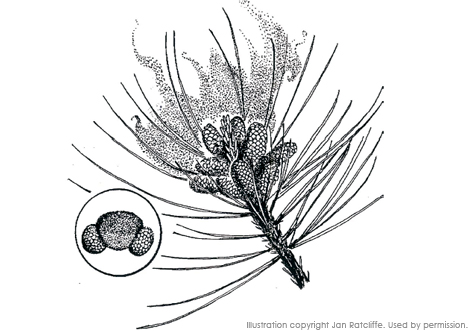Jefferson Conservation District
The Jefferson Conservation District is a local unit of state government (a Title 32 Special District), one of 76 conservation districts in Colorado that work to provide a local voice on natural resource issues, and work collaboratively with private landowners, residential communities, and local, state and federal government entities to protect the natural resources of Jefferson, Gilpin, and Clear Creek Counties of Colorado’s Front Range. The district was formed 73 years ago in 1941.
What is a Conservation District?
Conservation districts grew out of the Dust Bowl of the Great Depression. Originally called the “Soil Conservation Districts” they were formed to bring landowners together to protect against widespread soil erosion. Since then their mission has evolved to include conservation of all natural resources, such as water, land, air, vegetation, and wildlife.
What does JCD do?
JCD, like most conservation districts in Colorado, works alongside local, state and federal partners to conserve natural resources within the district boundaries. Within our district, a few concerns dominate:
Wildfire Mitigation – The Front Range is subject to wildfires every summer from roughly April through November. Each summer brings the renewed threat that a wildfire will damage public and private property; degrade air quality, cause injury or loss of life. As more people chose to move into the “Wildland-Urban Interface” (the area populated by humans but not fully urbanized), the risk to property and safety become greater. JCD works with local landowners and agencies to reduce these risks with a selection of fuels treatment projects.
Forest Health – The majority of the land within the District’s boundaries is forested with a variety of common tree species. Human impacts such as timber production and wildfire suppression over the last 150 years have frequently left stands of uniformlyaged, uniformly-sized trees of a single species. These stands lack diversity and can be highly susceptible to insects and disease offering up massive amounts of readily-combustible fuel during a wildfire. JCD works with private landowners to encourage a healthy, resilient forest with a variety of forest management methods.
Source Water Protection – Over half of the drinking water supply for Denver and surrounding communities comes from streams and snowpack within our District boundaries. JCD works collaboratively with water providers, landowners and local communities to meet water quality standards and to conserve water.
Urban Agriculture – Increasing access to nutritious, local foods within our District is important to us, particularly as more residents become overweight and are disconnected from the source of their food. We work with a multitude of partners to educate the public on how to grow one’s own food and to encourage home and community gardens and farmers’ markets that are inclusive for people of all income levels. We also provide technical assistance to beginning urban farmers to implement appropriate conservation practices.
Noxious Weeds – Noxious weeds are ever-present on the Front Range and represent a threat to biodiversity and natural ecosystems’ stability. They are often water-hungry and spread quickly onto lands where they were never planted. JCD provides educational materials to landowners and communities, and sells a native grass seed mix designed specifically for the conditions on the Front Range.
JCD is housed by a long-standing agreement within the Denver Metro offices of the Natural Resource Conservation Service (NRCS), an agency of the U.S Department of Agricultural. Our office is located in Building 56 of the Denver Federal Center.
Our mailing address is:
Jefferson Conservation District
DFC, Bldg. 56, Room 2604
PO Box 25426
Denver, CO 80225-0426
Our phone number is: 720-544-2870
Our web site is: www.jeffersonconservationdistrict.org



